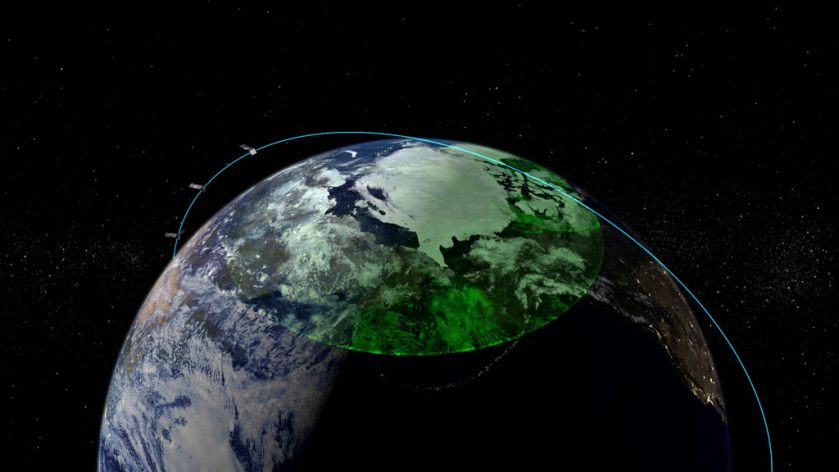
Mission controllers for NASA’s EZIE (Electrojet Zeeman Imaging Explorer) mission have received signals from the mission’s three satellites confirming that they are in good health and operating as expected.
The EZIE spacecraft launched aboard a SpaceX Falcon 9 rocket from Vandenberg Air Force Base on March 15 EDT (March 14 PDT).
Over the next two months, EZIE’s mission operations team at the Johns Hopkins Applied Physics Laboratory in Laurel, Maryland, will conduct full science and instrument checkouts – called commissioning – for the three spacecraft.
Once this commissioning is complete, EZIE will begin its science investigation into the intense electrical currents called electrojets that flow through our upper atmosphere in the polar regions where auroras glow in the sky. Mapping the electrojets will help scientists better predict the effects of geomagnetic storms and other space weather phenomena that can impact our technological society.
